In the early days of sandblasting, perhaps nobody even thought of sandblasting photographs. With the advent of plotter stencils, one can already speak of an attempt to convert e.g. portrait photographs into sandblasted form by converting them into curves. But it was still not about sandblasting photos in the form of a grid.
However, with today's UV photosensitive sandblasting stencils, photographs can already be effectively reproduced by sandblasting. And it doesn't even have to be much more difficult than sandblasting simpler motifs. You just need to be careful about a few things:
Select a photo editing program:
First of all, it is important to get a photo editing program. There are plenty of options on the market. We have a lot of experience with photo editing in CorelDRAW, which has worked very well for us. We can definitely recommend it.
Quality draft:
A quality draft is the basis for a good result. But what does "Quality" mean? Firstly, it is a resolution parameter, most often specified in DPI (for photography we recommend at least 300 DPI). But what is harder to describe is the actual composition of the photo, especially in terms of contrast. The choice of the background of the photo is very important, but also the clothing in the case of photographs of people. In general, however, the photo should not be too white or too black.
 +420 571 612 420
+420 571 612 420 gds@gds.cz
gds@gds.cz


 EN
EN
 CZ
CZ
 hu
hu


.jpg)
.jpg)

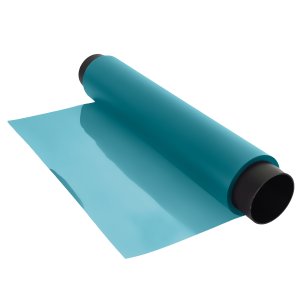
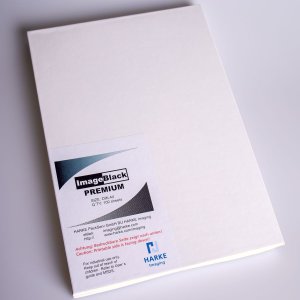
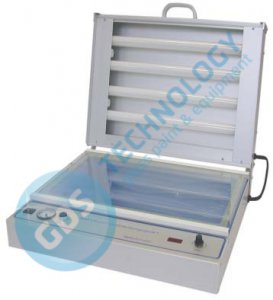
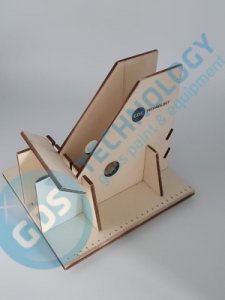
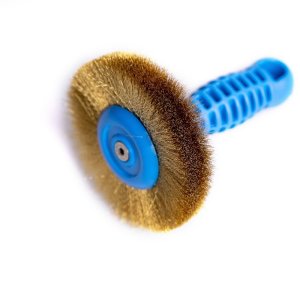
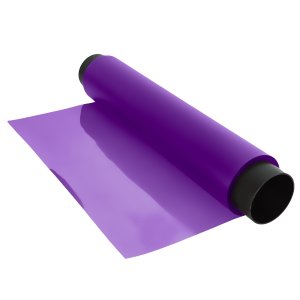
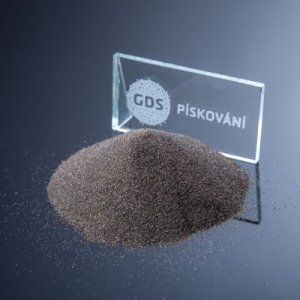


 Settings
Settings